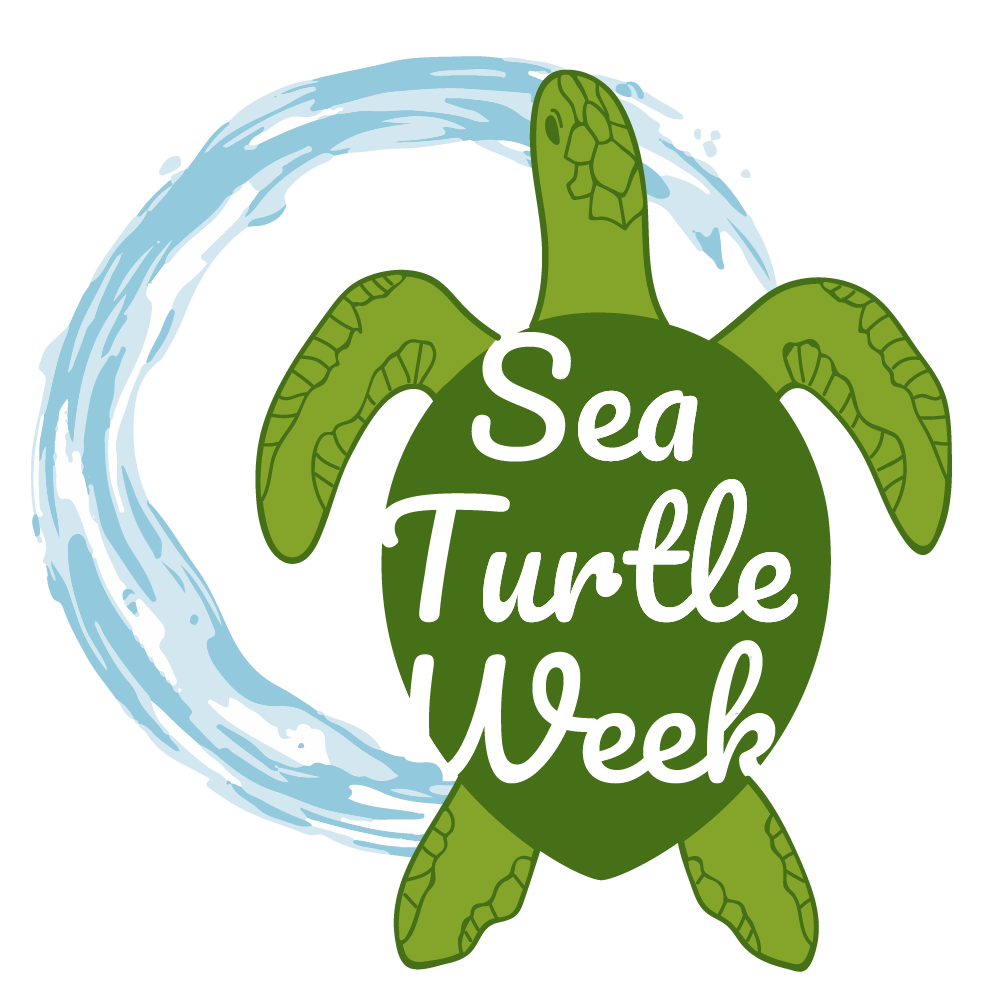June 10th-Kemp’s Ridley sea turtle day
Scientific Name: Lepidochelys kempii
Size: 2 feet (0.6 m)
Weight: 75-100 pounds (35 - 45 kg)
Diet: Crabs, fish, jellies, shrimp, a variety of molluscs
IUCN Status: Listed as Critically Endangered, Population Trend: Unknown / ESA - listed as Endangered
FUN FACT
Kemp’s ridleys are the only species that nests primarily during the day. They also nest in mass similar to their relative the olive ridley (also known as an arribada). They are named after Richard Kemp, a fisherman from Key West, Florida, who helped discover the species.
BEHAVIOR
Kemp’s ridleys nest in an arribada, which is when a large number of females come up at once to nest on the beach. This takes place on beaches in northeastern Mexico.
LIFESPAN
Kemp’s ridleys reach sexual maturity between 10-15 years of age which is significantly younger than most of the other species. Until recently, the endangered Kemp’s ridley turtle was on the brink of extinction in the 1960's. Thanks to strict laws which protected their nesting beaches in Mexico and reduced accidental capture in fishing gear, the species has begun a slow, but steady comeback from a previous low of only 200 nesting individuals in the 1980’s, to an estimated 7,000 - 9,000 individuals today.
REPRODUCTION
The primary nesting grounds in Mexico are at Rancho Nuevo, in the state of Tamaulipas, and in Texas along the Padre Island National Seashore. A small number have also nested further north along the Texas coast. However, 95% of all nesting occurs in Mexico in the state of Tamaulipas. They’ll nest 2-3 times per season and lay about 100 eggs per nest. Eggs incubate for roughly 2 months before hatching.
DISTRIBUTION
In the US, these turtles are found in the Gulf of Mexico and along the Atlantic coast as far north as Nova Scotia. They are also found along coastal Europe within the North Atlantic Ocean.
World map providing approximate representation of the Kemp’s Ridley turtle's range - NOAA Fisheries (Note: Map is missing coastal Europe within the North Atlantic Ocean.)
MAJOR THREATS
Their population today is a fraction of the population recorded in the 1940’s. The demise of the population is attributed to human interactions, including the hunting for their meat and eggs. Entanglement in fishing gear also poses an enormous threat for this species. Bottom trawling, longline, and gill net fisheries are all responsible for a large number of deaths every year.
Videos
Resources FOR MORE LEARNING:
The Story Of The Kemp’s Ridley - Padre Island National Seashore
The Conservation Status of the Kemp's Ridley Worldwide: State of the World’s Turtles (2018)


